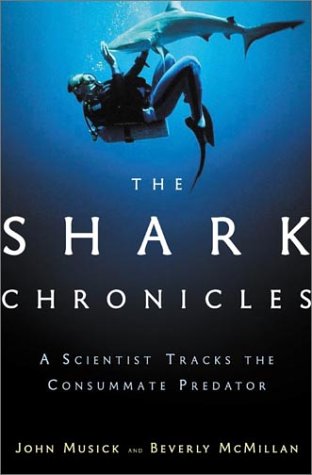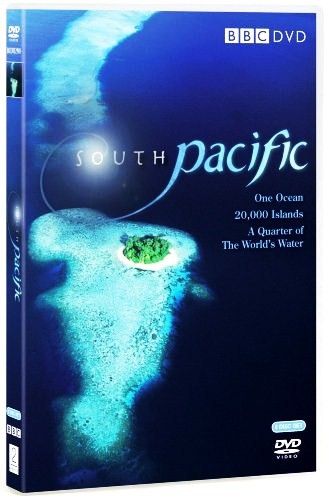As a freelance instructor I dive at Long Beach behind Simon’s Town railway station several times a week. Long Beach is an ideal training site as it offers protection from the weather under most conditions, visibility is almost always 5 metres plus and it is one of the easiest shore entry dive sites around the Cape Peninsula.
On Wednesday 25 August I was on a training dive with three students. I briefed them as usual and off we went. The visibility was around 6–8 metres and I was surprised to find nothing to show them. Around the barge, over the fishing boat, down the inner pipeline, nothing to be seen. I was starting to feel the place was barren, and it was very strange. Suddenly a klipfish came racing across the sand faster than I believed they could swim and I half expected a seal to be close behind as I had seen one on the surface before we started the dive, but nothing. I honestly couldn’t find anything, no shysharks, no pipefish, no crabs, no octopus and I can almost guarantee I will find these creatures there on any dive. Not even the hundreds of busy little hermit crabs were scurrying around and I could not find any movement. I started to think that perhaps the water had been poisoned by some ship or something weird and all signs of life had moved off somewhere else.
We were just reaching the western end of the outer pipeline, about 60 metres offshore and at a depth of around 5 metres when I looked up and less than five metres away was a 2-3 metre great white shark. She was just cruising very, very slowly and must have seen us long before we saw her. I was most awestruck by the shark’s graceful poise and her girth. The other impressive feature was the length of the pectoral fins. She circled slowly around us and them slowly swam away, close above two other divers in the water not too far from us, and disappeared.
What to do when you see a shark?
Well, we all have our own theory and during briefings we always tell divers what we will do and how we will react. But will we react the way we think we will, and how will we deal with divers that panic?
I always brief divers as to what I will do and what they should do, and this is what we did. We all dropped to the sand, me first as I saw it first. I pulled my buddy, the most jumpy student, down and deflated his BC well before he saw it, I then pulled the other pair closer and dumped their air. It was a family and the youngster was 13 years old. He saw the shark but did not know what he was looking at. We then swam slowly back to shore without seeing the shark again. The first thing they said was ”I thought you said you never see great whites here!” so I had egg on my face as I had just said that – honestly – as I had never seen a great white there before! Oh well… I will need to modify my dive briefing slightly now!
In all reality the shark had been watching us for a while, possibly thinking “man, they make a noise.” According to the Introduction to Sharks course offered by SharkLife (it’s free and fantastic – do it now!), sharks are highly sensory creatures. Sharks have eyes on either side of their heads, which means they have a nearly 360 degree visual field (compare that to the approximate 120 degree width of your visual field when wearing a scuba mask). They have a small blind spot directly in front of their snouts – too small for you to hide in! – and another one just behind their heads. They can focus their eyes at a range of distances, and have excellent vision even in low light conditions. Sharks also have excellent hearing, augmented by a “lateral line” which extends along their bodies and provides additional sensory information. Their sense of smell is likewise highly developed. In a great white shark, 18 percent of its brain mass (largest percentage of all sharks) is devoted to the processing of olfactory (smell) information. As if this arsenal of highly developed sensory organs is not enough, sharks also have electroreceptive cells called Ampullae of Lorenzini located around their snout and head area. These cells can detect tiny bioelectrical impulses given off by muscle movement of potential prey (which is why it’s a bad idea, as a spearfisherman, to swim along with dying fish attached to your belt). The Ampullae are sensitive to temperature, and are also used in navigation.
Anyway… the shark swam a circle wondering what on earth we were looking for, and then swam off looking for something to eat. Clearly she did not find our presence worthy of investigating or for that matter munching. This just shows that divers that are slowly swimming along with good buoyancy, looking at the marine life in the ocean are just not on a sharks’ to do list.

Divers seldom get to see great whites. I have been diving for 18 years and have only seen three on a dive. I have done over 100 dives at Long Beach in the last year without seeing one and numerous dives at other dive sites in Cape Town, including at Sunny Cove where I was sure I would see one. Without a single sighting. So remember: stay calm, stay together and enjoy the moment because it is not something you get to experience too often.
If you want to chat about this, please email me!















